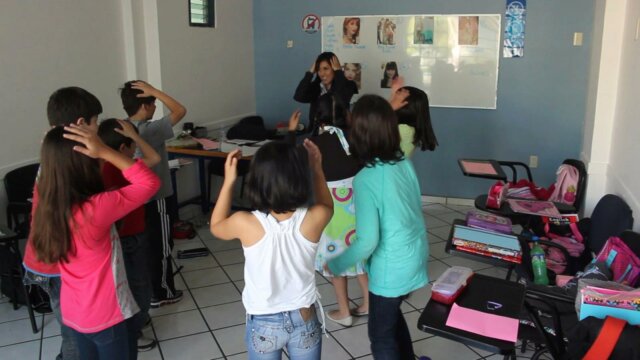
Teacher influences on classroom environment
- By Isa Tirado
- 2703 views
Every teacher has their own beliefs about the teaching-learning process, their students, and themselves as teachers. These beliefs unconsciously influence their actions within the classroom (Williams and Burden, 1997) and unfold into multiple influences on students’ learning, performance and behavior. In other words, teachers are “key social figures who affect the motivational quality of the learning process in positive or negative ways” (Dörnyei and Ushioda, 2011). Everything about them impacts students’ learning: their personality; their expectations; the way they teach; the way they provide guidance, mentoring, and support; how they correct students; the rapport they establish with students and among students; their classroom management practices, and the type of authority they have in the classroom (Eggen and Kauchack, 2007 in Dörnyei and Ushioda, 2011). Teachers are better able to monitor their own teaching performance and classroom decisions when they become aware of, articulate and reflect on their beliefs and actions. As Wright (2006) puts it, “my work [as a teacher] is a constant process of adjustment.”
Teacher influences
Personality: It refers to what the teacher projects to students about his/her own motivation, commitment, interest, preparation, enthusiasm, patient, and respect. All of these affect the quality of life in the classroom, which Allwright proposes as every teacher’s priority (Allwright, 2003).
Expectations: Students need to know and feel that their teacher cares genuinely about their academic success. Furthermore, various research studies confirm that if teachers have high expectations for their students, these will achieve better results. This works like a self-fulfilling prophecy students live up to (Dörnyei, 2001).
The way they teach: It means the teacher’s methodology and teaching abilities; the learning value of classroom exercises and activities teachers choose; their presentations, explanations, corrections, guidance, support, and knowledge about the subject matter, and the role they give to students: are they engaged? Do they collaborate with one another? Do students participate in classroom decisions? Are their prior knowledge and life experiences valued?
Rapport: This describes the physical and psychological distance between a teacher and their students. Does the teacher welcome students and socialize with them? How available and approachable is the teacher to clarify questions, provide guidance, or repeat explanations? Does the teacher have a sense of humor, praise students for their efforts and work, call students by name, move around, make eye contact, respect students and smile to them? Or is it just the opposite? Dörnyei describes the importance of rapport in the following extract.
“Teachers who share warm, personal interactions with their students, who respond to their concerns in an empathic manner and who succeed in establishing relationships of mutual trust and respect with the learners, are more likely to inspire them in academic matters than those who have no personal ties with the learners.” (Dörnyei, 2001:36)
Classroom management practices and authority: The teacher is responsible for managing the class; presenting and negotiating classroom rules; explaining classroom procedures and organization techniques, and enforcing discipline. A classroom with effective procedures and good discipline contributes to a nice and healthy environment and enhances students’ learning experience and motivation.
Task
1. Highlight key ideas from this article.
2. Write down a brief description of your teacher personality, expectations about your students, overall methodology and classroom practices, and the classroom environment in your classes.
References
Allwright, D. 2003. Exploratory Practice: rethinking practitioner research in language teaching. Language Teaching Research 7, 2.
Dörnyei, Z. (2001). Motivational Strategies in the Language Classroom. Cambridge: Cambridge University Press.
Dörnyei, Z., and E. Ushioda (2011) Teaching and Researching Motivation. 2nd Edition. Harlow: Pearson.
Williams, M. et al. (2004) Psychology for Language Teachers / Cambridge: CUP.
Wright, T. (2006) Managing Classroom Life. In Simon G. and Ines K.M. (eds) Understanding the Language Classroom. Basingstoke: Palgrave.




